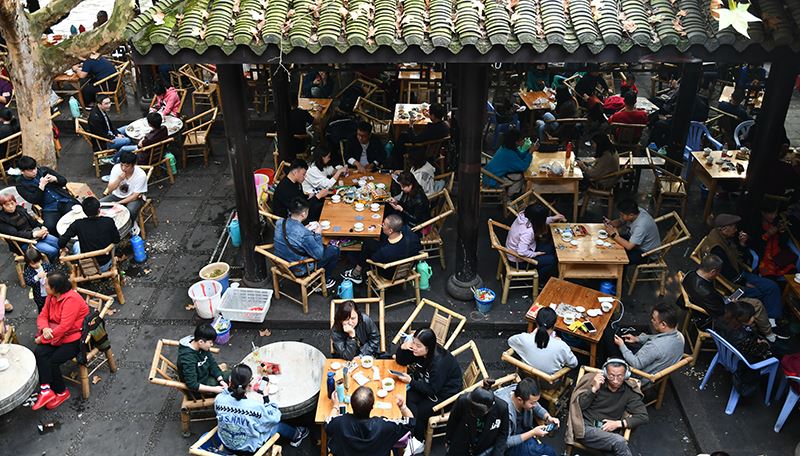INFOS & SERVICIOS
NUESTROS OTROS SITIOS WEB
Arrive in Chengdu
Home town of panda, Kuanzhai Xiangzi, drink tea in People’s Park

Chengdu - Leshan - Emei Shan
Visit Grand Buddha in Lingyun Temple, and boat on the Minjiang River. Visit nunnery Fuhu Si

Emei Shan – Chengdu
Golden Summit of Mt. Emeishan, Wannian Temple

Chengdu – Sanxingdui – Jiangyou
Visit Sanxingdui Museum

Jiangyou - Pingwu – Jiuzhaigou
Visit Bao'en Si Temple at Pingwu

Jiuzhaigou
Sightseeing and Walking in Jiuzhaigou Nature Park

Jiuzhaigou - Huanglong - Songpan – Maoxian
Walking and sightseeing in national park Huanglong. Songpan Ancient Town

Maoxian - Taoping - Wolong – Dujiangyan
Taoping Village of Qiang Minority. Shenshuping Panda Base in Wolong Natural Reserve

Dujiangyan - Qingcheng Shan – Chengdu
Dujiangyan Ancient Irrigation System. Walking and sightseeing at Daoist Mt. Qingchengshan

Leave Chengdu
Travel to next destination
Private travel, great experiences! Please contact us for your tailor-made travel offer.
With individual China Tibet travel, you can decide when, where and how you go on tour by yourself. What's more, you can choose the length of travel and whom you go with.